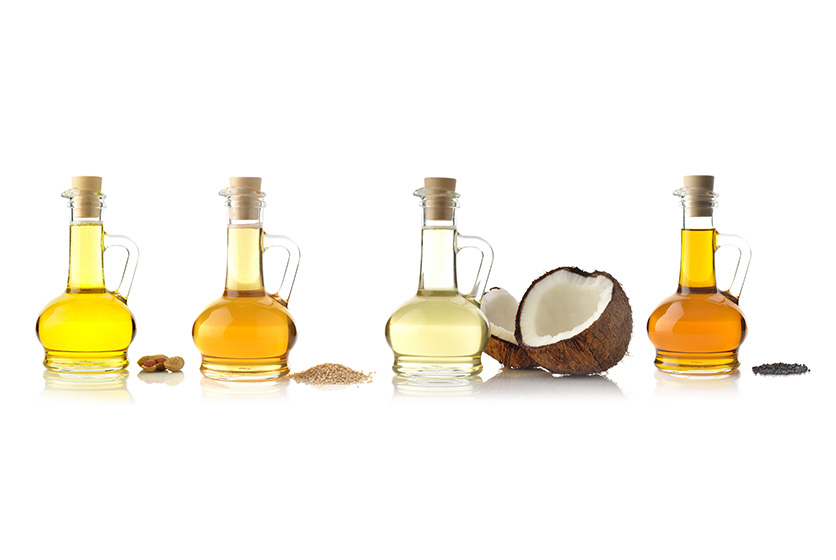The Yellow Revolution
India is the fourth largest producer of oilseeds in the world, accounting for 10% of global production. The major oilseeds produced by India are:
-
Soybean
-
Groundnut
-
Mustard
-
Sesame
-
Safflower
-
Linseed
-
Castor
-
Niger
-
Sunflower
Rajasthan is the largest producer, followed by Maharashtra, and Madhya Pradesh. If one were to gauge the growth of oilseed production in India – just one comparison should do for now: the production was 108.3 lakh tonnes in 1985-86. In 2020-21, this figure touched 365.65 tonnes. And perhaps one of the reasons for this growth is an agriculture revolution called The Yellow Revolution.
The genesis
Launched in 1986, the Yellow Revolution was aimed at increasing the production of edible oil in India, with special focus on sesame, and mustard seeds. It also targets the seven other oilseeds mentioned in the list above.
It is interesting to note that the Father of the Yellow Revolution is Sam Pitroda, a name that one would associate with technology and telecom rather than agriculture! But here is the background to his involvement: India has launched many Technology Missions in Agriculture and one such mission was the Technology Mission on Oilseeds, Pulses, and Maize (TMOPM) of 1986.
The TMOPM aimed at increasing production of oilseeds (and pulses and maize) by:
-
Using modern technology
-
Better farm practices
-
Increasing quality of inputs such as fertilisers
-
Developing post-harvest technologies
-
Promote more R & D
Considering the focus on technology, it should come as no surprise that Sam Pitroda is the Father of the Yellow Revolution in India! His work in technology and telecom has provided many a boost to rural livelihood in the past.

Components of the Yellow Revolution
Along with the major focus on technology, the Yellow Revolution was also powered by providing incentives to farmers and establishment of programmes such as the Oilseeds and Oil Palm Development programmes by the National Mission on Oilseeds and Oil Palm. The Oil Technological Mission did result in an improvement in technology of course, but it also helped boost oil production rate in India, and socioeconomic growth as well.
A few locations in India are also seeing tremendous growth thanks to the Yellow Revolution. For instance, Kashmir has seen the area under mustard cultivation increase to 1.40 lakh hectares in 2022-23 compared to 30,000 hectares in 2020-21. Telangana state is also seeing a yellow revolution in edible oil production.
There also seems to be consensus that there needs to be a Yellow Revolution 2.0, in a manner of speaking. India has reached self-sufficiency to a large extent when it comes to oilseed production. However, we are still importing thanks to rising demand levels.
Along with the Yellow Revolution, the government has other initiatives such as the National Food Security Mission on Oilseeds that are aimed at improving the production of oil crops. Work needs to be done around seeds as well. Availability of high-yield seeds can certainly go a long way in oilseed production and the second wave of success for the Yellow Revolution.
There is no denying that the Yellow Revolution helped boost production of oil seeds for the years that followed its origin. And today, more work must be done to boost production so India can see more success in this sector.
#InterestingInfo
-
Sam Pitroda set up the IFBN or India Food Banking Network to support the food security mission in India.
-
Sunflower crops in Punjab rang in the start of The Yellow Revolution



